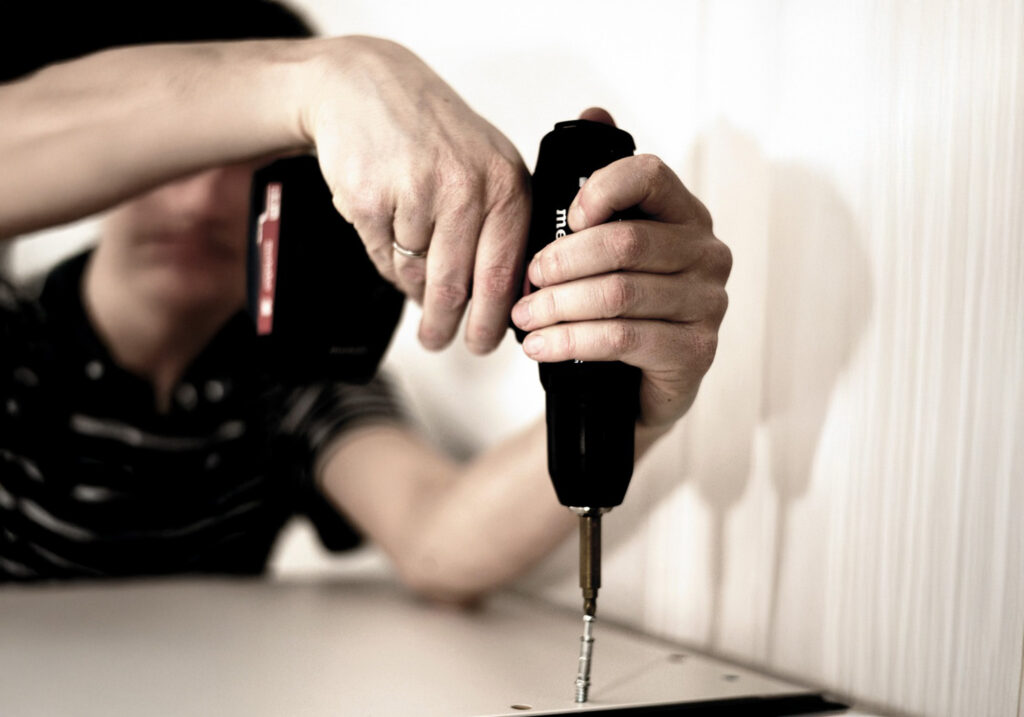Building a metal barn is a significant undertaking that combines careful planning, budgeting, and decision-making. Among the most crucial choices you’ll face is whether to construct it yourself or hire professionals.
Both DIY and professional installation come with distinct advantages and drawbacks. Your choice will depend on various factors including budget, timeline, experience, tools, and the complexity of the project. In this comprehensive guide, we’ll explore the differences between DIY and professional installation to help you make the best decision for your metal barn project.
Understanding the Scope of Your Project
Before choosing between DIY and hiring a contractor, you need a clear understanding of your barn’s intended purpose, size, and location. Are you building a small storage barn, a livestock shelter, or a multi-purpose agricultural facility? The more complex the structure, the more skill and labor it requires. Taking the time to outline the barn’s specific functions will influence many of your planning decisions, from materials and design to the level of expertise required for construction.
Equally important is the physical location of the barn. Site conditions such as soil type, drainage, accessibility, and local climate will all impact the design and construction process. For example, barns situated in flood-prone or snowy regions may require elevated foundations or reinforced roofs, respectively. Assessing your site in advance helps prevent costly surprises during construction and ensures that your barn will serve its purpose effectively for years to come.
Furthermore, your jurisdiction may have regulations regarding agricultural buildings, especially in residential or mixed-use areas. Local zoning laws, building codes, and permit requirements can vary widely and may dictate everything from structure height and placement to materials and usage. Understanding these legalities early on will help you avoid delays, fines, or the need for future modifications.
The Case for DIY Installation
A DIY installation can be an empowering and cost-saving route for those with the right skills and resources. Many metal barn kits come with detailed instructions and pre-cut materials, making them more accessible to average homeowners or farmers. Taking on the project yourself gives you full control over the process, allowing you to work at your own pace and customize features as you see fit.
DIY builds also offer the satisfaction of hands-on accomplishment. If you’re comfortable using tools, interpreting blueprints, and managing construction logistics, you may find the project rewarding. However, DIY requires a significant time investment and a steep learning curve, especially for those unfamiliar with structural assembly or working with steel.
Cost Considerations in DIY
One of the main attractions of a DIY approach is the potential to save money. By eliminating labor costs, you could reduce your overall expenditure by thousands of dollars. However, these savings can quickly be offset by mistakes, delays, or the need to purchase or rent specialized tools.
You must also factor in the value of your time. If the build stretches over several weeks or months due to your schedule, the delays could impact your farming operations or other responsibilities. Time away from work, family, or other duties carries its own cost, which is often overlooked in the initial planning phase.
Tools and Equipment Requirements
Constructing a metal barn isn’t as simple as hammering nails and screwing bolts. Depending on the size and scope of the project, you may need heavy equipment such as scaffolding, cranes, or forklifts—especially for raising steel frames or roofing components. Investing in or renting this equipment can significantly affect your budget.
Safety equipment and gear are essential. Working at heights, handling sharp materials, and lifting heavy components pose real risks. Without proper training or experience, the risk of injury increases, making safety a central concern for DIY builders.
When to Call in the Pros
Professional installation is often the preferred choice for large, complex, or time-sensitive projects. Hiring a qualified contractor ensures that the barn is built to code and according to the manufacturer’s specifications. Professionals bring expertise, efficiency, and accountability to the table.
They also handle logistics such as permits, inspections, and material delivery schedules. A seasoned team can complete the build quickly, minimizing disruption to your routine and ensuring long-term durability. For those who lack the tools, skills, or time to build a barn from scratch, hiring professionals removes much of the burden and stress.
Quality and Warranty Considerations
Many metal building manufacturers offer warranties on materials, but these warranties may be contingent on proper installation. If you install the barn yourself and make mistakes, you could void your warranty. Professional installers are often certified or trained by the manufacturer, ensuring that their work meets required standards.
Moreover, contractors usually provide their own workmanship warranties. This means if something goes wrong due to an installation error, they are responsible for repairs. With DIY, any error is yours to correct—at your own expense.
Timeline and Project Management
Professional installers can complete a barn project in a matter of days or weeks, depending on the complexity. They operate with a clear schedule, manpower, and project management experience. In contrast, DIY builds often face delays due to work, weather, or unforeseen issues.
Staying on schedule is especially important if your barn is tied to seasonal activities like harvesting, calving, or equipment storage. A delay in construction can ripple into lost productivity or revenue. Professionals can minimize these risks by ensuring that the project stays on track and on time.
Customization and Flexibility
DIY installation allows for greater on-the-fly customization. You can make adjustments as you go, tailoring the barn to your needs and preferences. However, this flexibility comes with risks. Modifying the design without professional input can lead to structural issues or code violations.
Professionals, on the other hand, are well-versed in customizing buildings within safe and approved parameters. If you need specific design features, discuss them during the planning stage to ensure they’re implemented correctly and efficiently.
Dealing With Permits and Inspections
Navigating permits and inspections can be a daunting task for first-time builders. Local building codes vary widely, and failing to comply can result in fines, delays, or even demolition. Professionals are familiar with these processes and can ensure your barn meets all legal requirements.
If you choose the DIY route, you’ll need to educate yourself on local zoning laws, acquire the necessary permits, and schedule inspections throughout the build. This can be time-consuming and complicated, especially if your jurisdiction has strict agricultural building regulations.
Long-Term Maintenance and Reliability
A professionally built metal barn tends to require less maintenance over time due to its higher build quality and adherence to standards. Poorly installed components can lead to leaks, rust, and premature wear. These issues not only cost money to fix but can compromise the safety and usability of your structure.
If longevity and reliability are high priorities, investing in professional installation may be the better option. It ensures that every bolt, panel, and seal is correctly installed, reducing the risk of problems down the line.
Making the Right Choice for You
The decision between DIY and professional installation hinges on your unique situation. Evaluate your budget, experience, time availability, and project complexity. If you have the necessary skills, tools, and confidence, DIY can be a fulfilling and cost-effective endeavor. However, if you value speed, safety, and guaranteed quality, professional installation offers peace of mind.
Some barn owners opt for a hybrid approach: hiring professionals for structural elements like the frame and roof, and completing less technical tasks such as interior finishing or painting themselves. This compromise allows you to save money without sacrificing safety or quality.
Conclusion
Building a metal barn is an investment in your property, your business, and your future. Whether you choose to go the DIY route or hire professional installers, careful planning and informed decision-making are essential. Each path offers its own set of benefits and challenges, and the right choice depends on your specific goals, resources, and comfort level. Take the time to weigh all factors, seek expert advice if needed, and choose the route that sets your project—and your farm—up for long-term success.

